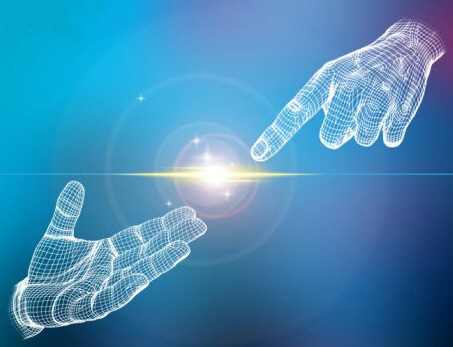OrthoWave features a unique concept which allows exporting anonymously any Arthroplasty form from any “Regular DataBase” to linked “virtual Scientific DataBases” so as to analyze results of particular studies while preserving the privacy of both Patients and medical Staff…
OrthoWave a institué un concept unique et novateur selon lequel toute fiche de prothèse peut être exportée sous forme anonymisée depuis la base de données “régulière” RDB où elle a été créée, vers une base de données scientifique “miroir” SDB, de manière à autoriser l’analyse de tous les résultats de telle ou telle étude, tout en préservant la confidentialité à la fois du Patient, mais aussi de l’équipe médicale à l’origine de la fiche…
This procedure of dynamic linkage between these two varieties of Data Bases is quite difficult to explain, and we have tried to sum up the main principles of these Scientific Data Bases while coupled with regular DB, through a first tutorial entitled “Main specifications of Scientific Data Bases in OrthoWave”. This explanation of principles have been followed by a second tutorial devoted to a practical demonstration of the use of these Scientific Data Bases… i.e. how to settle them, how to make a User of any RDB get connected with one or several SDBs, how to send forms from any RDB, and get access to these forms via the SDB for scientific purposes…
Roughly speaking, one can define 7 steps to embrace this procedure, detailed in that second tutorial “OrthoWave,About RDBs and SDBs”, as follows:
1. Register the “Regular Data Base RDB” as being linked to the “Scientific DataBase” SDB to make it appear in the list of available SDBs for the given RDB.
2. Link any User of the given RDB with any SDB available upon the displayed list…
3. So any “authorized” User of the given RDB, while recording any Patient’s surgery will be able to send this arthroplasty form to his referred SDB (or SDBs…). This procedure can be performed form after form or as a batch processing via the multicriteria selection…
4. After any form has been sent to the referred SDB by the RDB User, any “authorized SDB User” will be able to watch it … This User can be the same or can be another User.
5. In such a way, when the authorized SDB User logs in the SDB, he can view all the forms that have been sent to…
6. These de-identified forms that have been sent as well now belong to the initial SDB, and stay dynamically linked to the initial RDB (modification, deletion,…).
7. The de-identified forms of SDBs can be watched and analyzed, including images, statistics and multicriteria search…
Hope these pieces of information will be of help on this quite difficult-to-grasp matter at first glance… Do not hesitate to reach us at any time for additional information or explanation.
